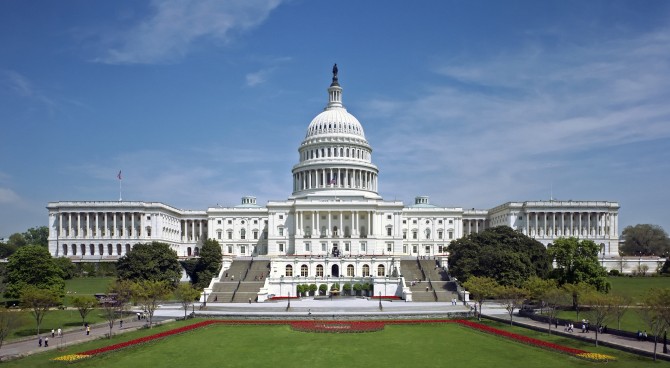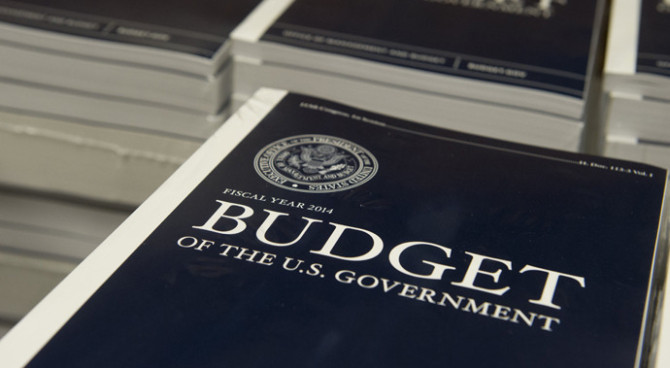Tariffs destroyed jobs in Michigan, Pennsylvania and Wisconsin and made all Americans worse off.
Sept. 11, 2023 5:29 pm ET
Donald Trump boasts that his protectionist policies were “historically successful,†which suggests that he thinks he’s exempt from the old dictum that we are entitled to our own opinions but not our own facts. While Mr. Trump’s tax cuts and regulatory relief rejuvenated an anemic recovery, his protectionist policies stunted the ensuing expansion. Growth accelerated from 1.7% in 2016 to 2.2% in 2017 and then to almost 3% in 2018, a 13-year high. But in 2019—the first full year in which Mr. Trump’s tariffs were in effect—the growth rate fell to 2.3%. That decline was in line with Congressional Budget Office and Federal Reserve estimates of the potential negative effects of Mr. Trump’s protectionist policies.
Mr. Trump’s trade war began in July 2018, when he imposed tariffs on steel and aluminum. While these tariffs raised the prices of those metals, the numbers of additional jobs created in steel and aluminum production were a trifling 1,000 and 1,300, respectively. Decades of technological innovation ensured that any increases in output would produce few jobs, since the production of a ton of steel, which had taken 10.1 man-hours in 1980, had fallen to only 1.5 man-hours by 2017.
For every American employed making steel or aluminum in 2018, 36 were employed by firms that used steel or aluminum as inputs. By raising the prices of these metals, Mr. Trump’s tariffs destroyed far more manufacturing jobs than they created. Overall manufacturing employment fell in each of the four quarters of 2019 and in the first quarter of 2020, leaving the pre-pandemic level of manufacturing employment lower than when Mr. Trump took office.
The higher cost for steel and aluminum and Chinese component parts produced by Mr. Trump’s tariffs, combined with foreign retaliation, reduced the demand for American exports. As a result, the annual rate of growth in manufacturing output fell, turning negative in the fourth quarter of 2018. By the first quarter of 2019 it reached a post-Great Recession low of negative 5.3%. Manufacturing output growth continued to fall until its post-lockdown bump in the second half of 2020. Under Mr. Trump’s protectionist policy, total manufacturing output was 2% lower by the start of the pandemic than it was when he raised tariffs.
Protectionism even hurt manufacturing in the states it was supposed to help. According to the Bureau of Labor Statistics, manufacturing employment in Michigan, Pennsylvania and Wisconsin, which increased in 2017 and 2018, started to fall in 2019 as the trade war intensified. Mr. Trump lost all those states in 2020.
Protectionist policies also failed to deliver promised reductions in the trade deficit. When the tariffs went into effect, goods that the U.S. imported became more expensive and Americans instead bought domestic substitutes, which the U.S. produced less efficiently than the world market. By reducing demand for foreign goods, tariffs and quotas reduced the supply of U.S. dollars in the world currency market, raised the value of the dollar, and made American exports less attractive. The result was lower employment in the industries where the U.S. was most efficient and most competitive and higher employment in industries where the U.S. was less efficient. Protectionism didn’t create jobs. The nation was made poorer as prices rose and the American economy became less efficient. Jobs were simply transferred from our most efficient, most competitive sectors to industries where we were less efficient and competitive. As a result, economic growth declined.
Fortunately, and contrary to Mr. Trump’s insistence, trade deficits aren’t signs of the “hemorrhaging of America’s lifeblood.†Trade deficits, under international accounting rules, simply mean foreigners are investing more in the U.S. than Americans are investing abroad. Japan, Germany, Canada and the U.K. provided over half of all foreign investment coming into the U.S. last year. Foreigners invest in America because of their confidence in the U.S. economy and the returns that they can earn by investing in our future. Foreign investment enhances America’s economic strength and fosters entrepreneurship by funding new businesses. It finances the expansion of existing businesses, research-and-development projects and worker training. Even when foreigners invest their dollars in U.S. government bonds, they help the American economy by preventing profligate government spending from crowding out private investment as Washington’s borrowing drives up interest rates.
History supplies ample proof that trade deficits don’t harm the economy. From the settlement of Jamestown in 1607 until World War I, the U.S. ran chronic trade deficits. Foreign capital, principally from Britain, and labor from all over the world came together in America and gave birth to the most prosperous nation in history. Today our per capita gross domestic product is 51% higher than the U.K.’s. Only in Trumponomics does that constitute “being plundered.â€
The U.S. ran trade surpluses in 102 of the 120 months of the 1930s, when the Smoot-Hawley tariff dictated trade policy. The result of that protectionist regime was a collapse in the world’s trading system, which was a major cause of the Great Depression. In the postwar period, with the rest of the developed world in ruins, the U.S. had a virtual monopoly in heavy manufacturing. We ran large trade surpluses, and American foreign investment rebuilt the world economy, enriching both the U.S. and our trading partners. Annual trade deficits returned with the end of the postwar period in 1976, and the U.S. has run trade deficits for the last half a century. Trade deficits soared during the Reagan and Clinton booms, as foreign investors rushed to invest in America’s dynamic economy. Those foreign investments earned high returns by funding a new American boom. That boom sent real U.S. per capita GDP soaring to 2.3 times its level in 1975.
Trade wars, like all wars, empower government as plowshares are beaten into swords. The first casualty of a trade war is economic freedom; the second is prosperity.
Mr. Gramm, a former chairman of the Senate Banking Committee, is a nonresident senior fellow at the American Enterprise Institute. Mr. Boudreaux is a professor of economics at George Mason University. Mike Solon contributed to this article.


